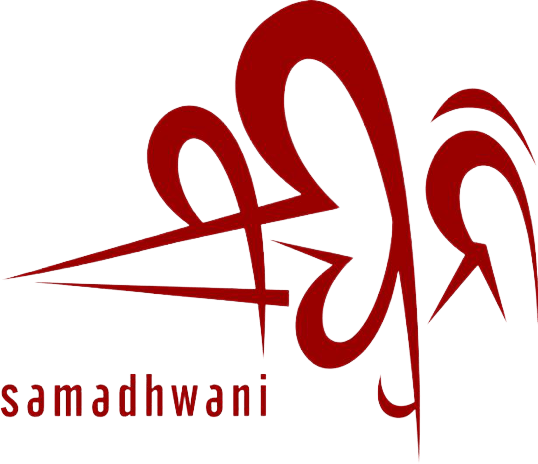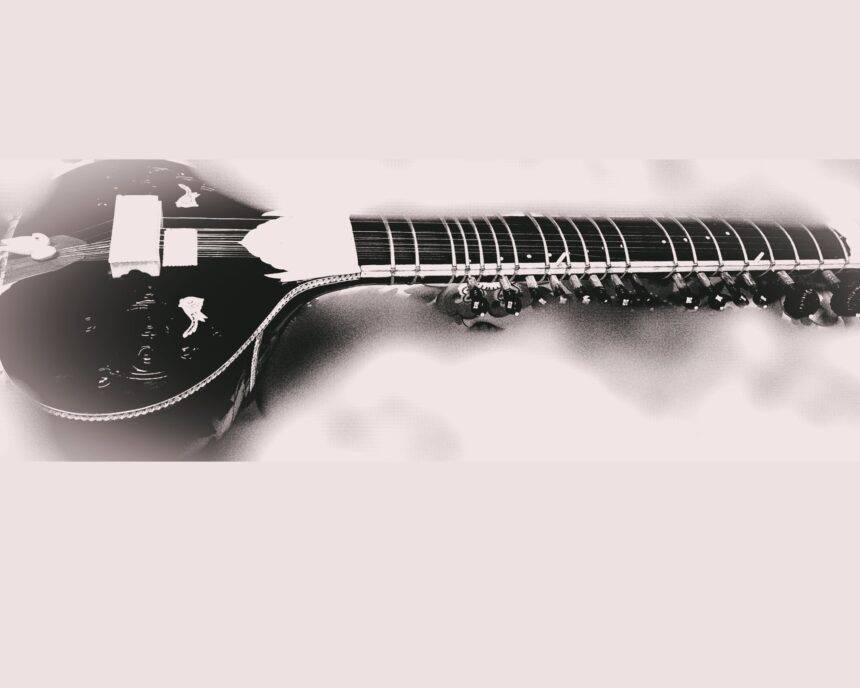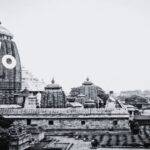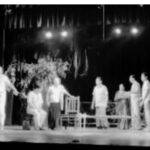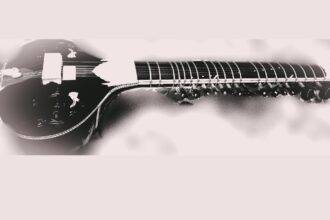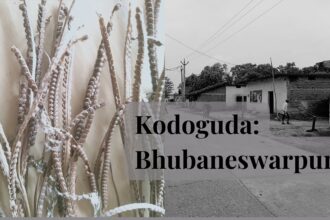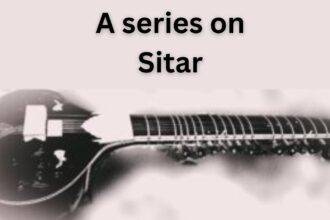The term “Bandish” is a luminous thread intricately woven into the fabric of melodic and rhythmic expression. Like a cherished manuscript passed down through the ages, Bandish encapsulates the essence of tradition while allowing the musician to inscribe their unique narrative upon its musical pages. At its core, Bandish is a composed piece—a melodic and rhythmic edifice meticulously crafted by maestros of Hindustani classical music. A confluence of poetic lyricism and intricate musicality, the Bandish breathes life into the performance, shaping it into a journey of emotive exploration.
The verses of Bandish, adorned with the choicest of words, become vessels of emotion. Each lyric, a vessel that carries the listener across the landscapes of joy, sorrow, and everything in between. It is through this lyrical prism that the musician refracts the hues of sentiment, transcending the mere technicality of notes to create a tapestry of feelings. Yet, Bandish is not a static monument of sound. It is a living entity that invites the artist to engage in a dance of spontaneity and structure. The prescribed melodic and rhythmic framework serves as a launching pad for improvisation—a realm where the artist’s creativity takes flight. In the nimble fingers of the instrumentalist or the mellifluous voice of the vocalist, Bandish becomes a canvas, awaiting strokes of brilliance, intricate taans, and the rhythmic cadence of bol alaap. The rhythmic heartbeat of Bandish lies in the intricate patterns of tala, orchestrating a symphony of cycles that dictate the ebb and flow of musical expression. As the artist navigates these rhythmic contours, a conversation unfolds.

Image Source: Facebook Page of Ustad Rais Khan
The exploration of Bandish emerges as a captivating chapter today because of the previous discussions on raga. If the raga is the canvas upon which the artist paints, then the Bandish is the very structure that shapes and defines the masterpiece. The beauty of Bandish lies not only in its formality but also in its adaptability. It is a framework that provides the artist with a foundation—a starting point for the musical odyssey. Within the prescribed melodic and rhythmic boundaries of Bandish, the artist finds the freedom to infuse their creativity. It is akin to a seasoned storyteller working within the confines of a classic narrative structure, embellishing the tale with its unique nuances and interpretations.
For instrumentalists, the Bandish serves as a musical blueprint, offering a roadmap for their creative exploration. The structured nature of Bandish provides a solid foundation, allowing instrumentalists to navigate the intricate pathways of a raga with precision and grace. The lyrical content of the Bandish, although originally intended for vocal rendition, becomes a source of inspiration for instrumental expression. The instrumentalist translates the emotive content embedded in the lyrics into the language of their chosen instrument, whether it be the sitar, flute, sarod, or any other melodic instrument. Each note becomes a brushstroke, painting the emotional landscape outlined by the Bandish. In the hands of instrumentalists, whether coaxing soulful melodies from a sitar or breathing life into intricate phrases on a flute, they possess a unique ability to convey the emotional depth of Bandishes in a way that transcends the limitations of words. The absence of lyrics allows instrumentalists to delve directly into the pure, emotive essence of the music, creating a powerful and evocative experience. In the hands of instrumental virtuosos, Bandishes take on a new dimension. The nuances of expression, the subtleties of tone, and the dynamic interplay between notes become the language through which emotions are articulated. The instrumental rendition becomes a canvas onto which the artist paints the emotional landscape of the Bandish, allowing listeners to immerse themselves in the raw, unfiltered beauty of the music. Instrumentalists often bring a unique interpretative skill to their performances. Through their instruments, they infuse personal experiences, moods, and sentiments into the Bandish, creating a deeply personal and intimate connection with the audience. The absence of lyrics doesn’t limit the range of emotions conveyed; instead, it opens up a vast sonic space where listeners can interpret and feel the music in their own individual ways. Moreover, instrumental renditions of Bandishes showcase the technical prowess of the musician. The intricacies of the composition, the fluidity of melodic movements, and the rhythmic complexity are brought to the forefront. Use of instrumental techniques such as meend (gliding between notes), gamak (ornamental oscillations), and layakari (rhythmic variations) to embellish and enhance the emotive impact of the Bandish. As the sitarist plucks and strokes the strings, the Bandish unfolds like a story told through the language of music. The instrument’s characteristic twang and rich tonal quality provide a unique canvas for translating the emotional depth of the Bandish into a sonic experience. Each stroke of the sitar is a brushstroke, painting the intricate details of the melodic composition. The sitarist, through their deft fingers, brings out the subtleties and nuances of the Bandish. The bends and slides, known as “meend,” lend a fluidity to the notes, allowing the sitar to emulate the vocal nuances inherent in the Bandish. The intricate patterns of “taans” and the rhythmic play of “gat” showcase the technical virtuosity of the sitarist, elevating the Bandish into a mesmerizing performance. The sitarist’s mastery of layakari, or rhythmic variations, adds a dynamic quality to the performance, creating a sense of rhythmic tension and release. In the hands of a skilled sitarist, Bandish becomes an immersive experience where the boundaries between composition and improvisation blur. The artist breathes life into the structured framework of the Bandish, infusing it with their individual expression and interpretation. The sitar, with its evocative timbre and intricate ornamentations, becomes a storyteller, conveying the emotional depth and cultural richness embedded in the Bandish tradition.
